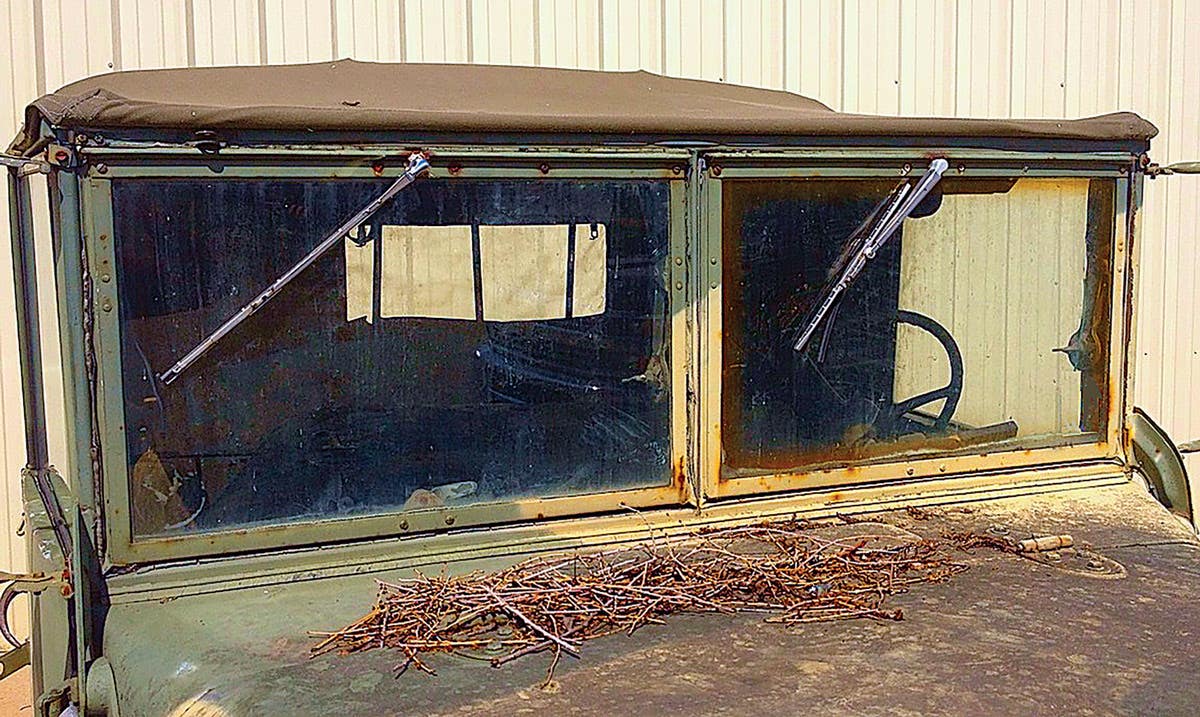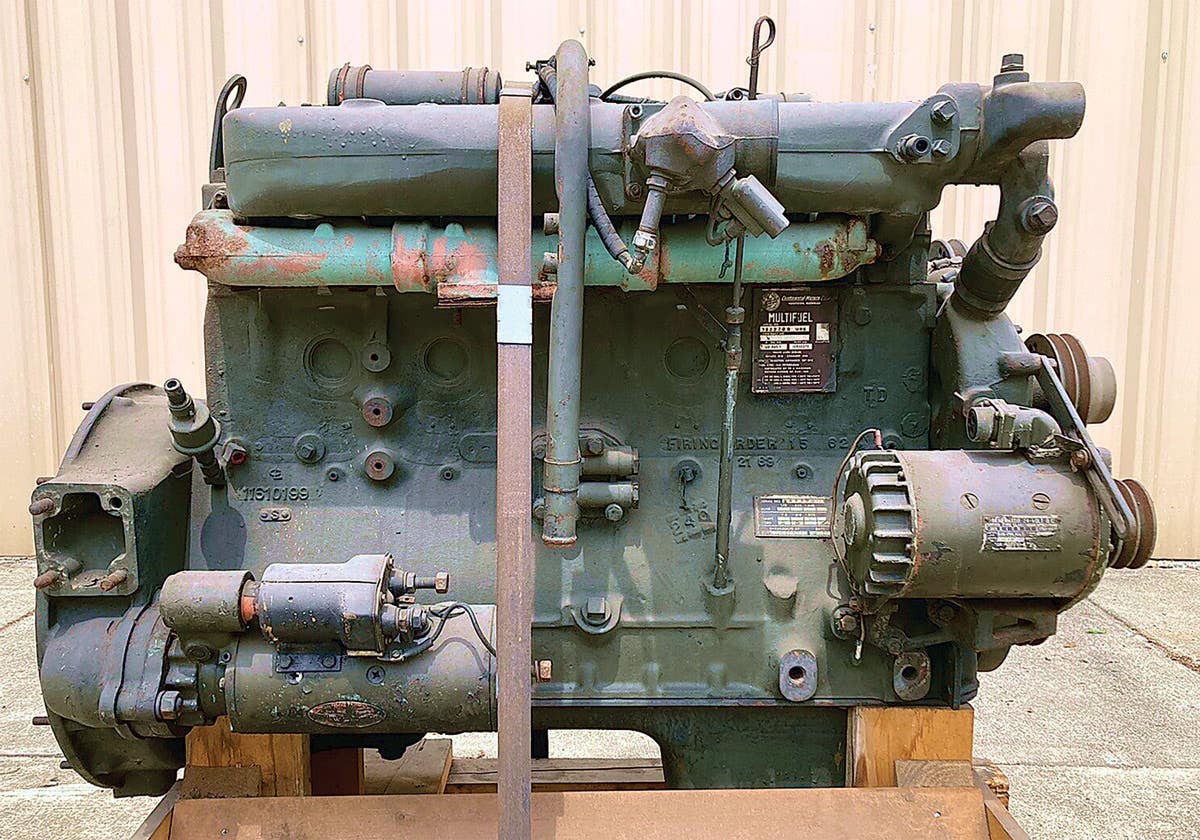A Trip Aboard P1014: HMS Gay Archer
Taking a ride on the boat, Gay Archer that previously had a service life patrolling the waters between Britain and Denmark as part of NATO maritime operations.
It’s surprising what can happen when one goes chasing after stories connected with military history. Such was the case when I visited the tiny harbor at Watchet on the British northest Somerset coast several miles east of Minehead. A couple of years ago I heard that somewhere among the sailing boats moored in the harbor there was to be found a post-war motor torpedo patrol boat called HMS Gay Archer. Filled with curiosity to find out more, I set out to investigate.
Arriving in the village, it took only a few minutes to walk from the car park to the harbor, where I began looking for anything that resembled a military vessel. There among the brightly-coloured yachts, the gray paintwork, the universal navy color, I spotted what could only be the Gay Archer. The fact she was the only boat in the harbour with a 40mm Bofors gun on the bow and a 20mm Oerlikon cannon mounted aft and torpedo tubes on either side confirmed it.
I saw a man working on deck, but I decided to snap away with my camera. Just then he turned and looked in my direction. Breaking away from his task he walked down the gangway and headed in my direction. Drawing near he introduced himself as Paul Childs, the owner of the Gay Archer. He happened to be on board doing some restoration work. I explained the purpose of my visit and he asked me to join him on board to have a closer look and go below deck. It was a chance encounter; I just happened to be in the right place at the right time.
Childs began by explaining something about the boat, which is a unique vessel being the last of her kind from 12 similar vessels built in the early 1950s in the “Gay Class” of Motor Torpedo Boats. Others included the Gay Fencer and Gay Cavalier. The Gay Archer, with its pennant number P1401, was built by Vosper in Portsmouth and launched in August 1952. She had a distinguished career and even appeared in a couple of movies, including ‘The Ship That Died of Shame” starring Richard Attenborough.
After acquiring the vessel, Childs set about the task of restoring it, something he has done almost single-handed, including installing two new engines to replace the original three Packard engines which would have powered the boat to speeds up to 43 knots or nearly 50 mph. He has replaced the original radios, but he has yet to sort out the toilet (heads in naval parlance). He has entertained a number of veteran Royal Navy ratings and taken them out on the Gay Archer.
The hull of the boat is built from Honduras teak wood and measures 75 feet 2 inches in length with a beam (width) of 20 feet 1 inch. Originally, it would have been operated by a crew of 12 and weighed 50 tons in service. In addition to the main armament, a pair of anti-aircraft rocket launchers were also fitted, one on either side, giving it an incredible amount of firepower considering its relatively compact size. When deployed on anti-submarine duties, depth charges would also be carried.
After I was shown around and took photographs, Paul asked if I would be around later in the day as he was going to take the boat out to sea for a test run. Thinking it would be a good opportunity to get some action photographs from the harbor walls, I replied yes. What he said next took me completely by surprise: he invited me to join him on the trip. A couple of hours later I reported back to the Gay Archer. Fortunately, I have some sailing experience, which I was able to put to use when Paul asked me to act as a “running fender” as the boat moved out of the small harbour. What this meant was that I had to hold large rubber buffers to protect the side of boat from scraping the stone wall of the harbor and walk the length of the boat as we moved out.
The engines burst to life and we made our way slowly out of the harbor. Several hundred yards out the throttle was opened and the pair of powerful turbo-charged engines thrust the boat easily through the water. The sea was calm and the Gay Archer was steady as she banked and turned. We could only imagine what it would have been like in rough weather. Paul then spoke to an elderly chap who climbed up to the wheelhouse and took the helm.
The boat was now being steered by Able Seaman Bill Bolton, a veteran who had served on Motor Torpedo Boats during the war. It turns out that Bolton had served on MTBs which operated between Scotland and Norway ferrying secret agents known as the “Shetland Bus”. He later served for two years in the Mediterranean and took part in “Operation Husky,” the invasion of Sicily in 1943. Bolton showed me some great photographs of him and his crew mates from the war and told how his boat had come under air attack when sailing from England to Gibraltar. With such stories and the powerful engines driving us through the water, it was another unforgettable experience to add to my list of memories.
During her service life the Gay Archer was engaged in patrolling the waters between Britain and Denmark as part of NATO maritime operations. It was during one of these patrols in May 1953 that the boat was almost lost. While moored in Aarhus Harbor in Denmark, another MTB, P1023, drew alongside, caught fire and exploded.
Later on and equipped with submarine detection systems, she operated out of Malta for a time before being sold off in July 1963. Originally, the Gay Archer was armed with two 21-inch torpedo tubes and twin 20mm Oerlikon cannons, which were later replaced by a single 40mm Bofors gun.
All too soon we had to return to the harbor. Our trip had lasted just over an hour and we must have presented a spectacular sight as we cut through the water with ease and grace at each turn. The experience was like being in a Formula One racing car, but at sea.







